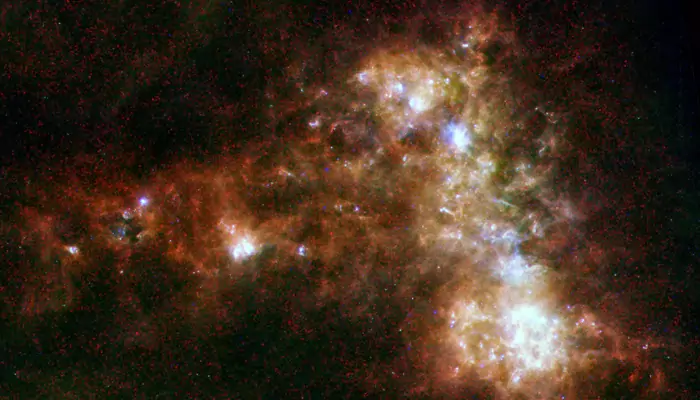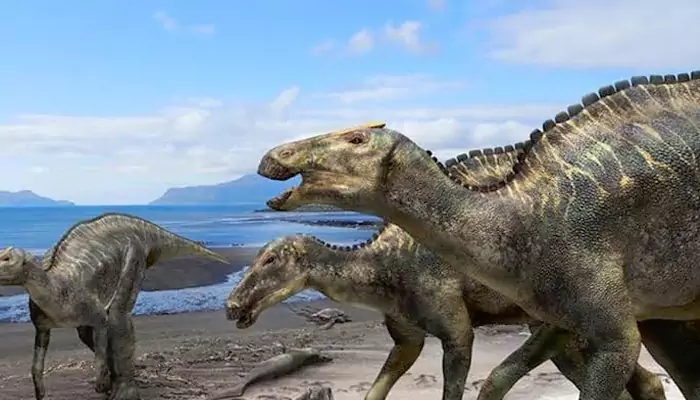
Here are today’s most important updates from the realm of Science and Space.
A new study, published in journal Nature Economy & Evolution, suggests the original colour of ocean as green. As per the study, high levels of iron in the oceans are specifically oxidised iron particles known as Fe(III) are filtered out much of the red and blue light, leaving green as the dominant colour that penetrated the water.To survive in this green light, cyanobacteria evolved a special type of light-harvesting system using pigments called phycobilins, which allowed them to absorb green light effectively. These pigments formed structures called phycobilisomes, acting like solar panels optimized for green wavelengths. These findings highlight a fascinating co-evolution: as cyanobacteria shaped the planet's atmosphere with oxygen, the planet’s green oceans in turn shaped the way cyanobacteria harvested light.
Accurate actuators accelerate automation pic.twitter.com/5H0uHxf7v2
— Elon Musk (@elonmusk) April 2, 2025
(Credit: X/@elonmusk)
SpaceX founder Elon Musk is hopeful that the Starship will launch to Mars by the end of 2026 and carry Optimus robots, being developed by Tesla, with it to the Red Planet. SpaceX is developing the Starship Super Heavy to launch cargo and humans to the Moon and then onto Mars. The company is gearing up for the ninth test flight of the vehicle in the coming weeks to test the Starship engine relighting in space and a landing. Elon Musk has outlined ambitious plans for SpaceX's Starship, aiming to significantly reduce travel time to Mars. Musk envisions Starship as a multipurpose spacecraft capable of transporting people and cargo to the Moon and ultimately facilitating human settlement on Mars.

The Small Magellanic Cloud (SMC), a small galaxy, located about 200,000 light-years away, orbiting our Milky Way galaxy is being torn apart, a new study has claimed. The findings suggest that the gravitational pull of the Large Magellanic Cloud (LMC), the SMC's larger companion, might be tearing the smaller one apart. The researchers also made another shocking discovery. claiming that the massive stars tracked within the SMC were not rotating around the galaxy's axis. This suggests that something might be wrong with our understanding of the galaxy's mass and its history of interactions with the LMC and the Milky Way.

It has been a long-standing belief that dinosaurs went extinct 60 million years ago when a massive asteroid slammed into Earth. But a big question has lingered - were dinosaurs already fading away before that fateful crash? A new study offers fresh insight into this mystery. The researchers found out that the living spaces of the dinosaurs didn’t shrink. Their habitat range stayed steady, suggesting they weren’t at high risk of dying out naturally. Dinosaurs were probably not inevitably doomed to extinction at the end of the Mesozoic. If it weren’t for that asteroid, they might still share this planet with mammals, lizards, and their surviving descendants - birds, the study concluded.